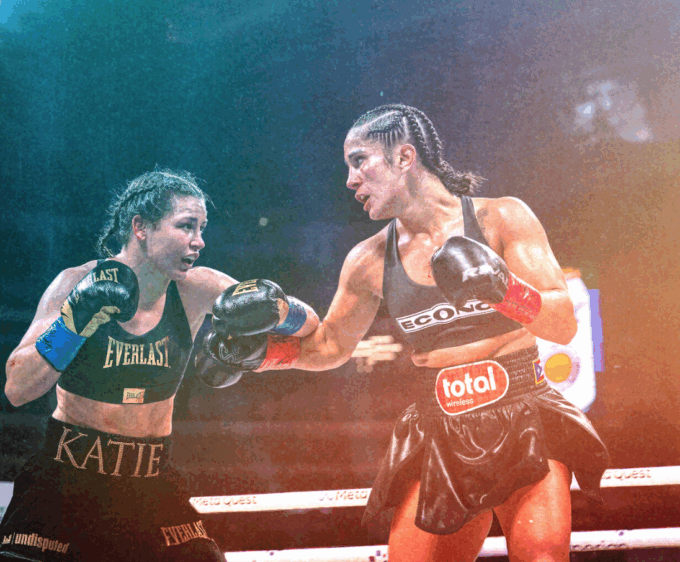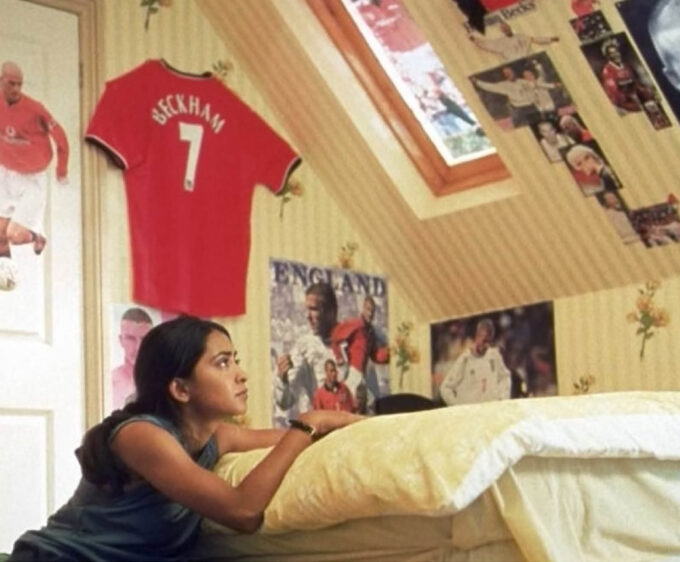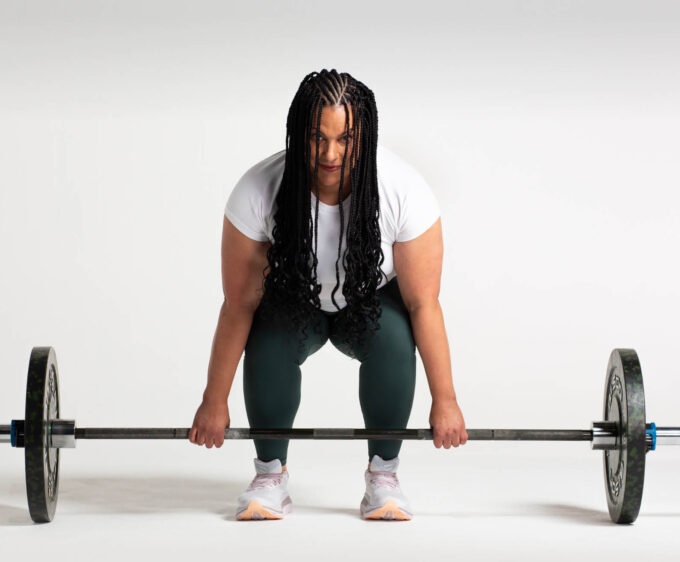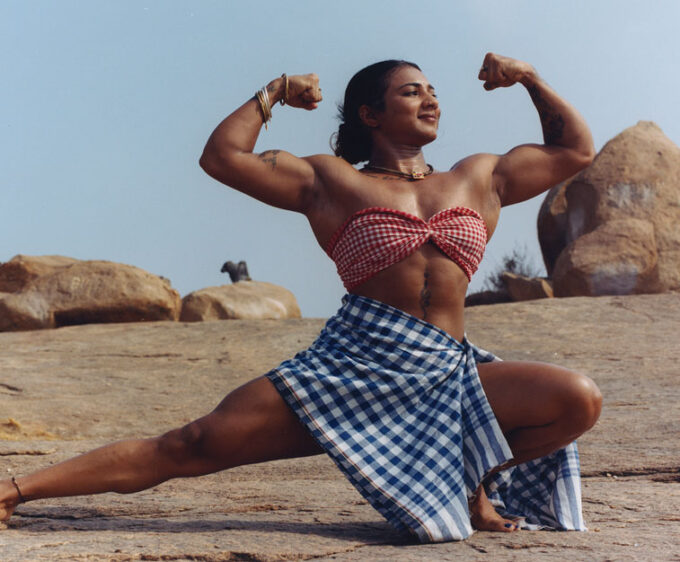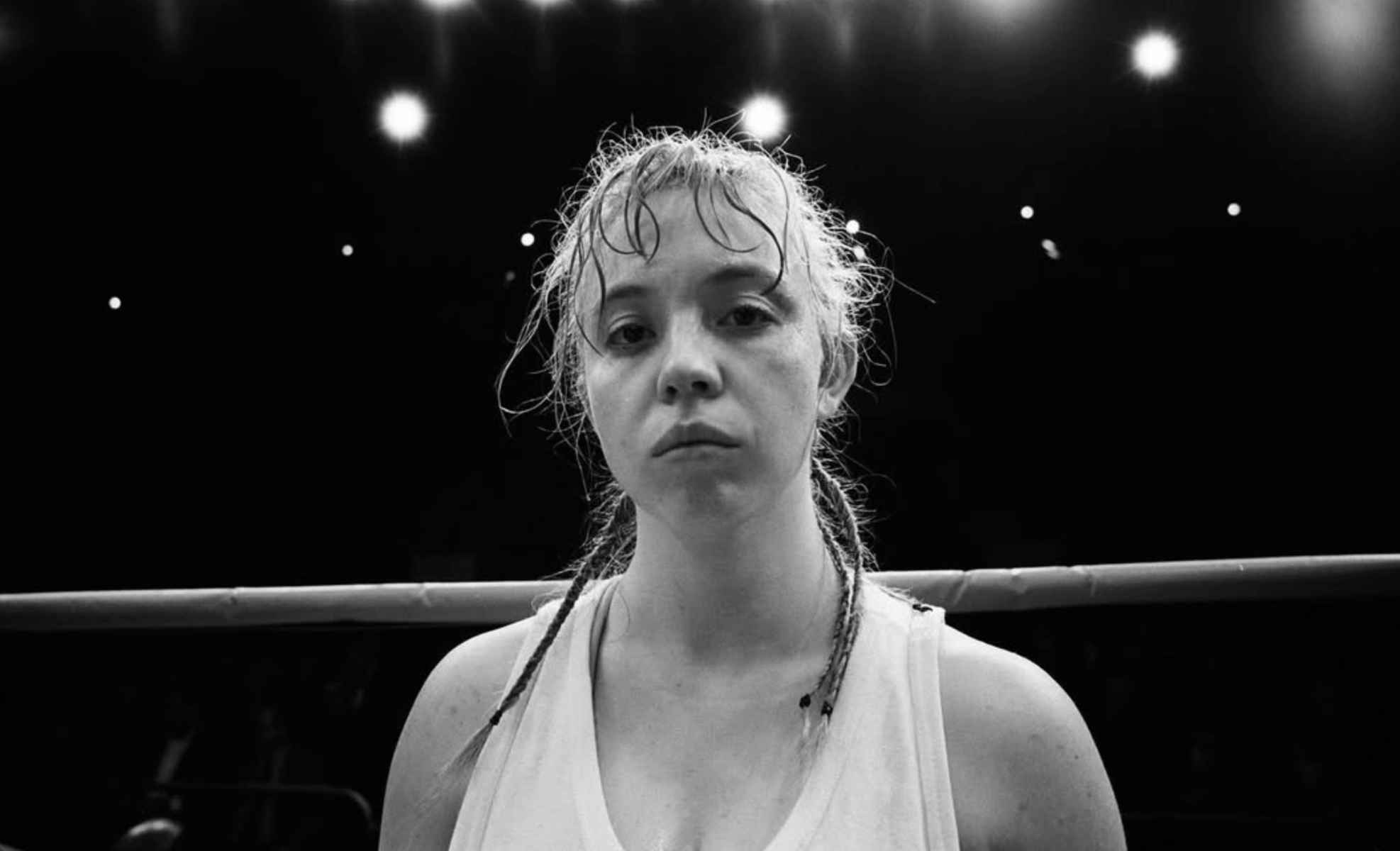
Christy
Christy Martin tore through boxing in the 90s, survived the fight of her life outside the ring, and with Sydney Sweeney stepping into her gloves, we explore why her story matters now.
By Glorious
At the Toronto premiere of Christy, Sydney Sweeney was on stage with tears in her eyes. “Christy, you are absolutely incredible, and I am so honoured,” she said, before stopping herself, overwhelmed. The Christy in question was Christy Martin, standing a few steps away, a woman who once headlined boxing cards in Las Vegas and changed the way people looked at women’s sport. For anyone in the audience who didn’t know her name, the night must have been confusing.
Why is one of Hollywood’s biggest young stars playing a woman most film-goers have never heard of? Why is her story commanding this much attention now?

That is exactly the point. Christy Martin isn’t a household name, but she should be. In the 1990s she was the fighter who forced boxing to take women seriously. She turned up on Mike Tyson undercards, stole the show with bloody, ferocious performances, and soon had a fanbase of her own. By the end of the decade she was headlining, proof that the audience didn’t just tolerate women’s fights, they paid to see them. She was the first female boxer to appear on the cover of Sports Illustrated, the first to be promoted by Don King, constantly fighting to be treated as a legitimate competitor rather than a novelty. Her pioneering legacy was finally cemented when she was honoured with induction into the International Boxing Hall of Fame as part of its historic inaugural class to include female boxers.
So when Sydney Sweeney, Emmy-nominated, paparazzi-trailed, Hollywood royalty in the making, says that stepping into Christy’s shoes is the hardest thing she has ever done, she isn’t exaggerating. Christy’s life is both astonishing and brutal. She fought in arenas where no one expected a woman to belong, and she fought outside them too. Her survival story is as dramatic as any prize fight. In 2010 she was stabbed and shot by her husband and manager, who had spent years controlling and abusing her. She lived through it, testified in court, and rebuilt her life. This is not the sort of sanitised sports film that ties things up with a neat bow. It is messy, shocking, and real.
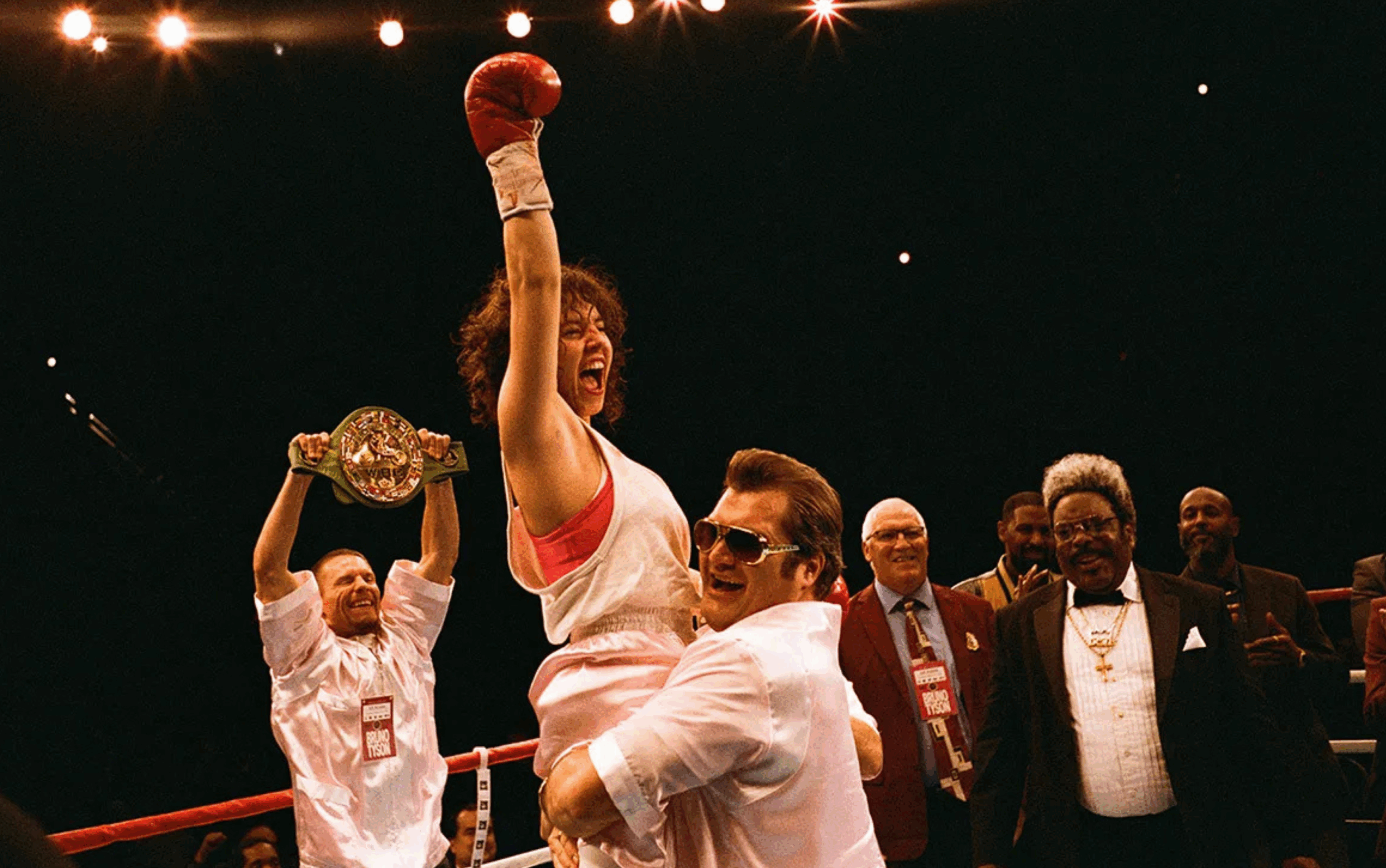
So who exactly is Christy Martin, and why does her story belong in cinemas now?
She was born Christy Renea Salters in Mullens, West Virginia in 1968, a coal town where most paths led underground rather than into sporting history. As a girl she played basketball with such determination that she earned a college scholarship. Boxing arrived almost by accident when she entered a Toughwoman contest, a rough-and-ready amateur tournament that was as much spectacle as sport. She walked in, gloves on, and realised she had found something that suited her completely. It was not long before she went professional.
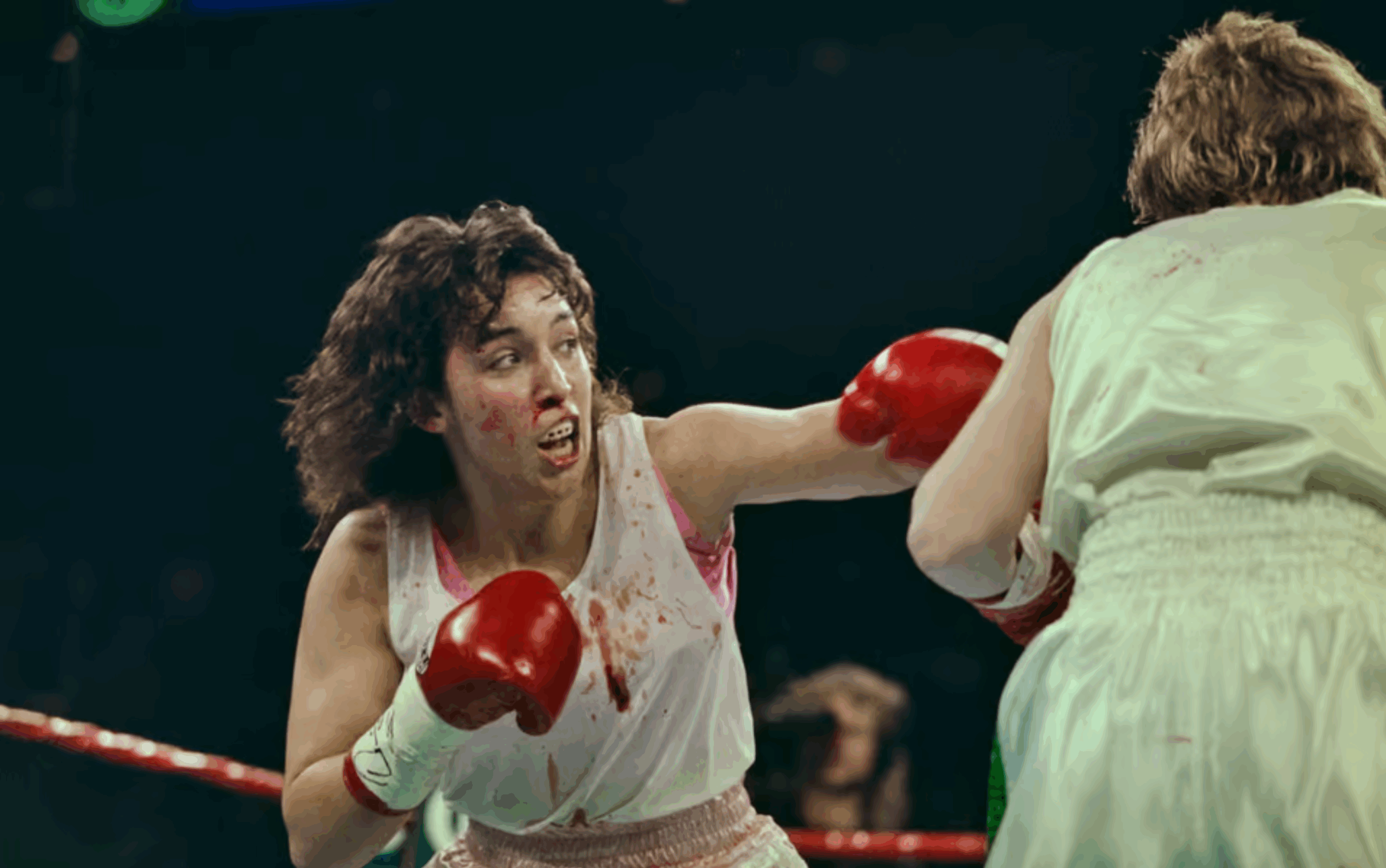
Her debut ended in a draw, but she quickly gathered momentum. Nineteen straight wins followed, fights that brought her to the attention of Don King, the notorious promoter who had never before signed a woman. Christy’s presence on Tyson cards in the mid-nineties changed the energy in the room. Fans expecting to tolerate a women’s bout as filler instead found themselves riveted. The 1996 clash with Deirdre Gogarty on the Tyson-Bruno bill became an instant classic, a blood-soaked contest that television audiences rang in to demand more of. Overnight, Christy Martin went from curiosity to headline attraction.
Her fighting style was not delicate. She went after opponents with power and persistence, happy to trade punches, unwilling to fade. Thirty-two of her wins came by knockout, a figure that still holds up against many men in her weight division. She was never content to play the part of a gimmick. She wanted recognition, titles, and respect. In 2009 she captured the WBC female super welterweight belt, and in 2020 she became the first woman inducted into the International Boxing Hall of Fame. She earned every inch of it.
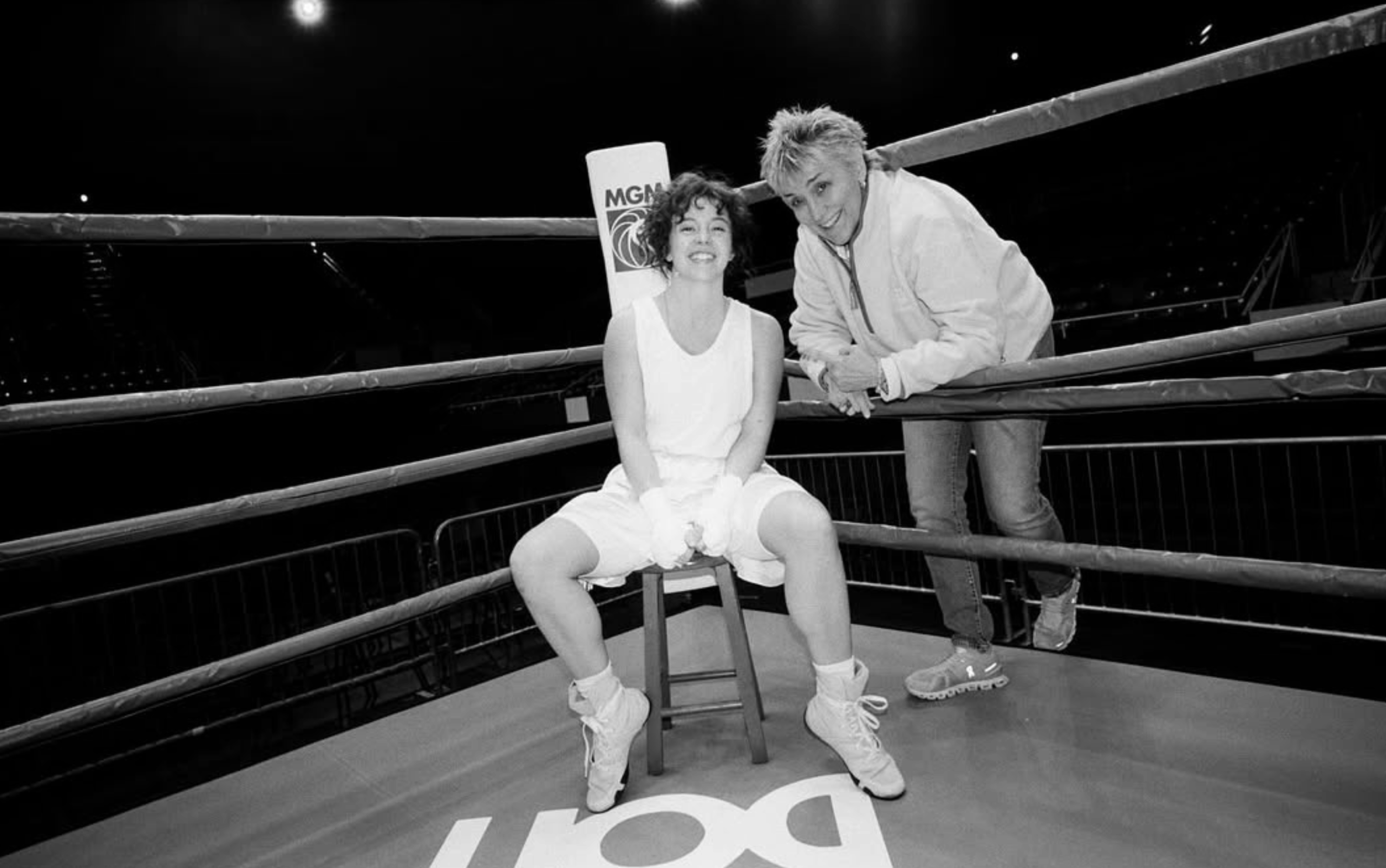
But Christy’s legacy is not just in the ring. It is also in her survival. Her marriage to her trainer Jim Martin shaped much of her career, and not for the better. What the public saw as partnership was in reality a cage. She has spoken about years of coercion and violence, culminating in the 2010 attack that almost killed her. It is difficult to overstate the resilience required not only to survive such an assault but to rebuild afterwards. Jim Martin was sentenced to prison and died there, but Christy refused to let him be the author of her ending. She remarried, this time to Lisa Holewyne, a former opponent.
She launched her own promotional company, giving fighters opportunities she never had. She became an advocate for survivors of domestic abuse and wrote a memoir, Fighting for Survival.
That duality – pioneer and survivor, public spectacle and private struggle – is why her story matters today. Too often women in sport have been remembered as footnotes, their stories softened or erased. Hollywood has spent decades churning out films about men: the tortured genius, the noble champion, the fallen hero who redeems himself in the final act. Where are the women’s stories with the same grit and complexity? Christy refuses to flatten its subject. It gives her full scale: the triumphs, the contradictions, the violence, and the resilience.
persistence
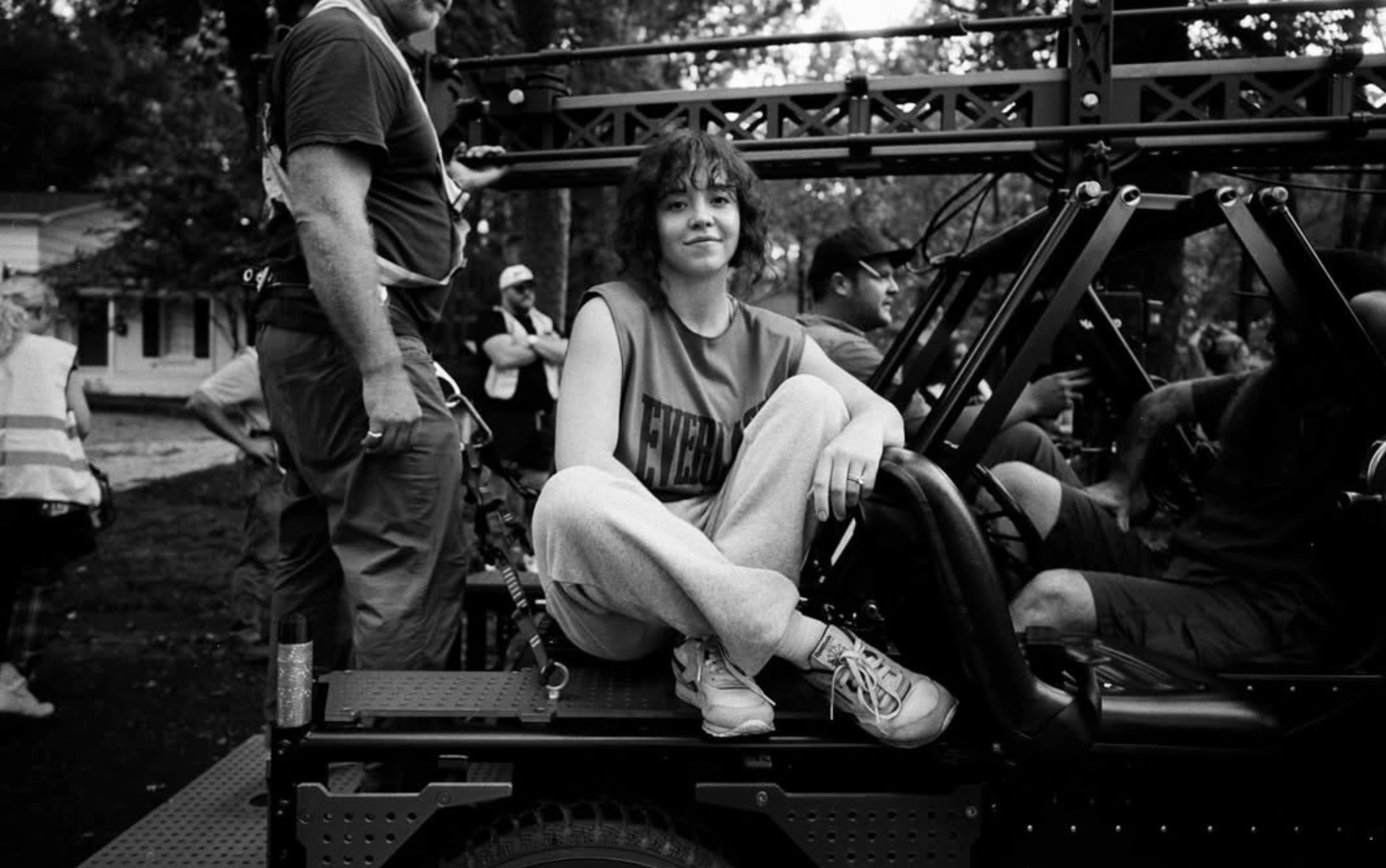
The timing could hardly be more relevant. In 2025, women’s boxing is flourishing in ways Christy could only have imagined at her peak. Katie Taylor sold out Madison Square Garden. Claressa Shields drew thousands in London. Amanda Serrano headlined cards that once would have gone to men by default. Audiences are buying tickets, networks are paying for broadcast rights, and sponsors are finally paying attention. But it is not enough to enjoy the present without recognising how it was made possible. Christy Martin fought in the years when few believed there was an audience for women. She created one.
The film also provokes a sharper question: what if she had been fighting now? How would her career look in an era of social media hype, major promotional backing, and seven-figure purses? Would she have been treated with the same suspicion by promoters, or would she have had the infrastructure to thrive? Boxing has moved forward, but it has not erased inequity. Pay gaps remain, opportunities are still limited, and the path to the top is narrower for women. Watching Christy’s story is not just an exercise in nostalgia. It is an invitation to measure how much has changed, and how much has not.
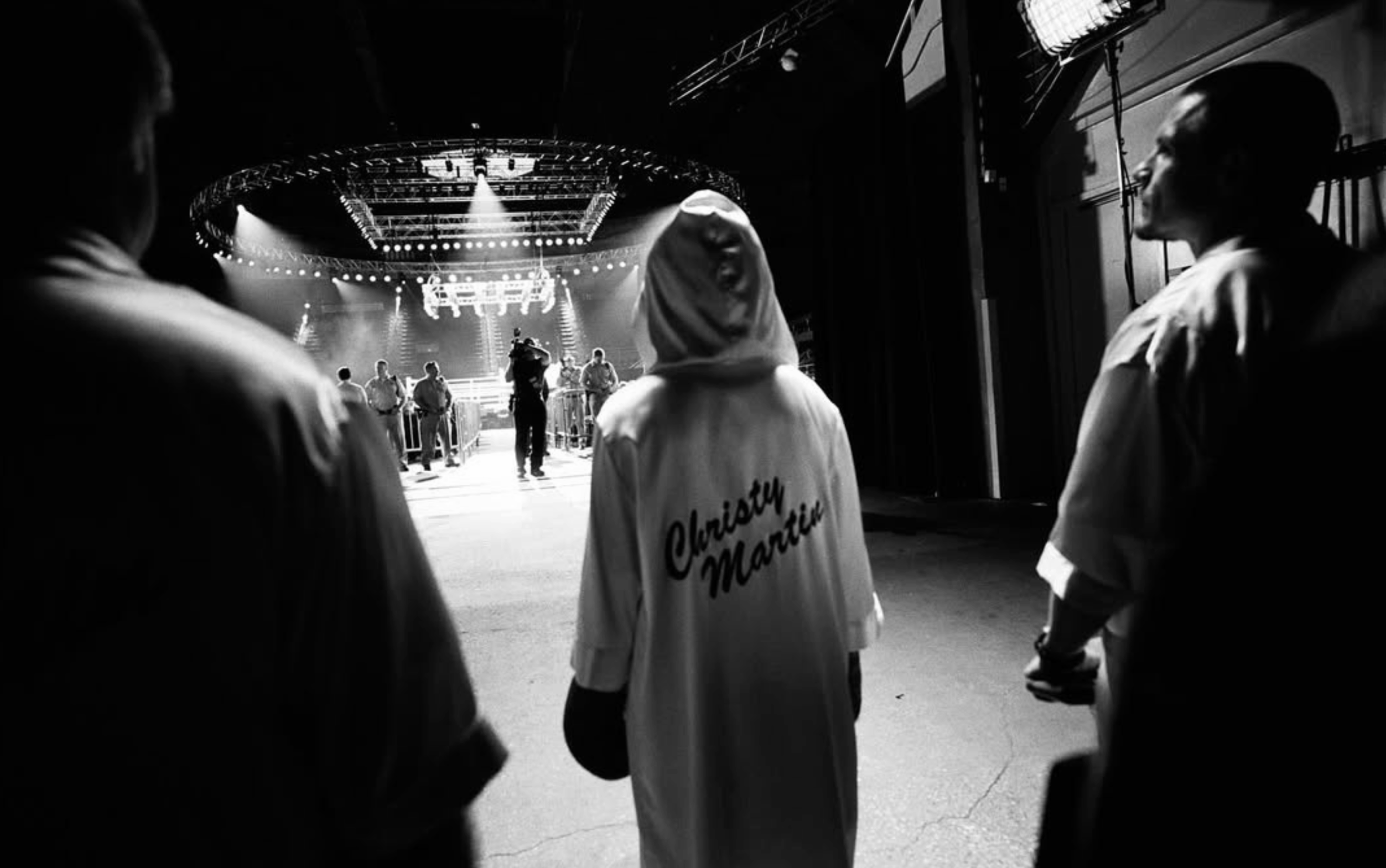
Sydney Sweeney’s decision to take on the role matters for similar reasons. She could have stayed within Hollywood’s comfort zone, cast as the glamorous lead or the troubled ingenue. Instead, she chose to play a bruised and complicated fighter. She trained until her body carried the rhythm of a boxer, not an actor pretending to throw punches. Christy herself was on set, watching, correcting, encouraging. That collaboration gives the film its edge. It is not an outsider’s fantasy of what a woman boxer might be. It is the woman herself, present, shaping how her story is told.
So why should you go and see it? Not because it is inspirational, not because it is a rousing underdog tale, but because it is honest. It shows a woman who changed her sport and nearly lost her life doing so. It asks you to sit with contradictions rather than brushing them aside. It treats women’s sport with the seriousness and scale it has always deserved.

Directed by David Michôd and produced by Black Bear, Anonymous Content, Votiv Film, Yoki Inc., and Fifty-Fifty Films, Christy premiered at the Toronto International Film Festival in September 2025. It will be released in the United States on 7th November, followed by the UK and Ireland on 28th November, with further international dates rolling out through December and January. Check your local listings or Black Bear to find out when it will be on screens near you.
Find out more about the movie here, and of course, follow the legend herself Christy Martin here.
Title image: Sydney Sweeney in Christy, via @christy.movie / @likethejetsons
Editorial design by This is Root

